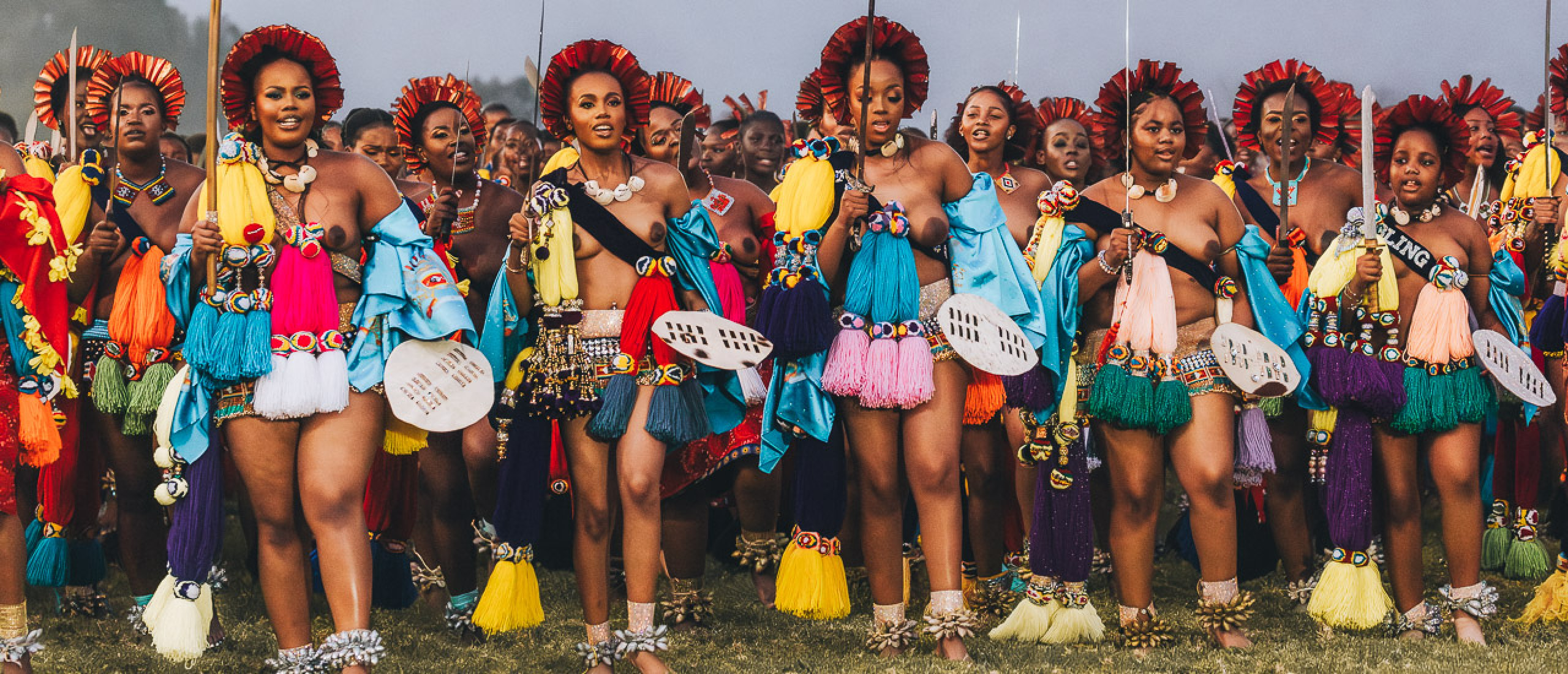
Attending The Reed Dance in Eswatini is a unique and exciting experience and the good news is that you can visit the Umhlanga Reed Dance Festival too!
Umhlanga is open to the public and in this article, I will share 26 things to know about the Umhlanga Reed Dance Eswatini, including the history of the Reed Dance, the purpose of the Reed Dance, its cultural relevance, how you can attend Eswatini’s largest cultural event as a tourist and what to wear to the Umhlanga Ceremony.
1. What is the Umhlanga Reed Dance in Eswatini?

The Reed Dance Festival is an annual cultural celebration in the Kingdom of Eswatini (formerly Swaziland), that showcases the nation's unity and pride. Also known as “Umhlanga” or the “Swazi Reed Dance”, this event holds deep significance for the Swazi people.
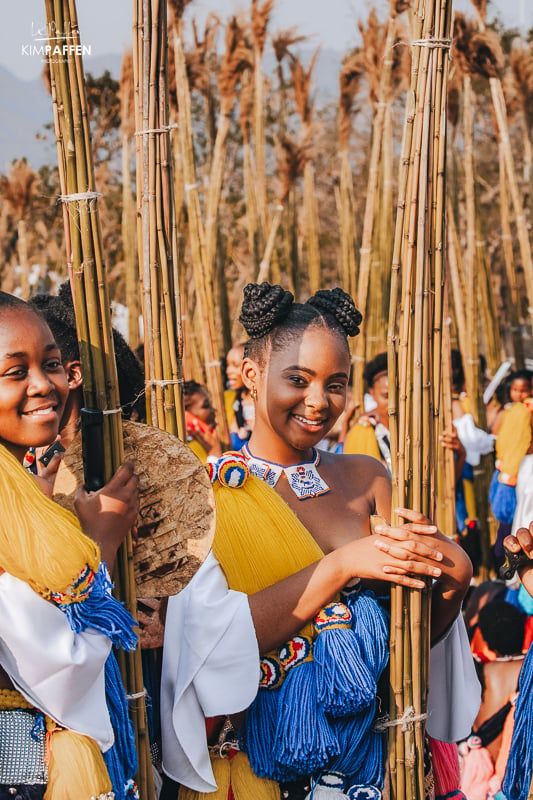
Umhlanga derives its name from the Zulu language meaning “place of reeds”, referring to the beds of reeds growing along the river, that will be cut by the maidens to present to the Queen Mother.
The Reed Dance is the largest (multiple-day) cultural festival in Eswatini, and both locals and tourists can attend the event on the Umhlanga Main Day.
2. History of the Reed Dance in Swaziland
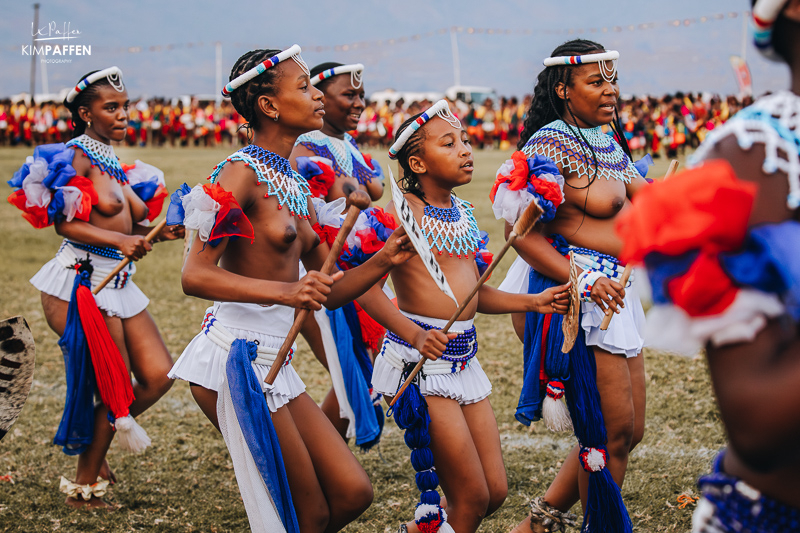
The history of the Reed Dance dates back to the early days of the Swazi kingdom, which was established in the mid-18th century, known as the much older Umchwasho ceremony to ensure the girls’ virginity.

Initially, the ceremony was a way to honor the Queen Mother and pay tribute to her role as the mother of the nation. Over time, the Reed Dance Eswatini has developed into a grand event that symbolizes the unity and strength of the Swazi people and solidarity among the women through working together.
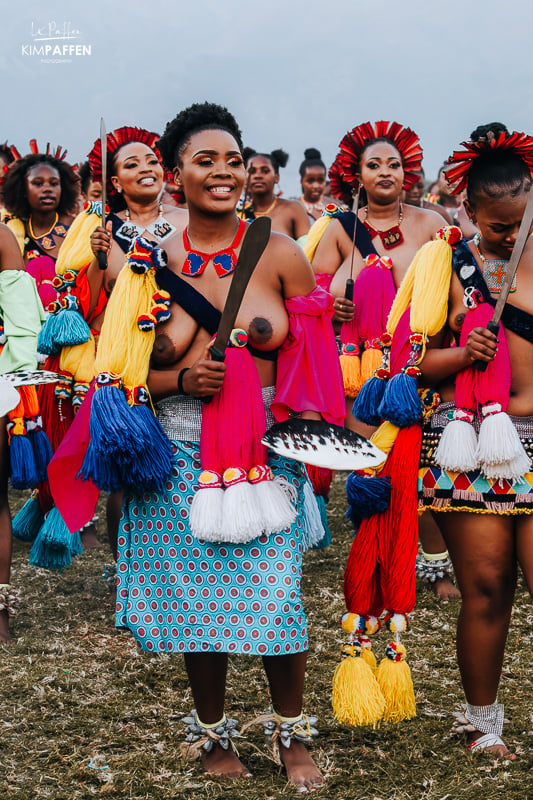
King Sobhuza II did a lot to keep the Swazi traditions alive during his time as king (1921-1982) and established the present form of Umhlanga in the 1940s, with the main purpose of bringing back and protecting the Swazi people's culture, preserving the chastity of the maidens, and providing tribute labor for the Queen Mother.
3. The importance of Umhlanga
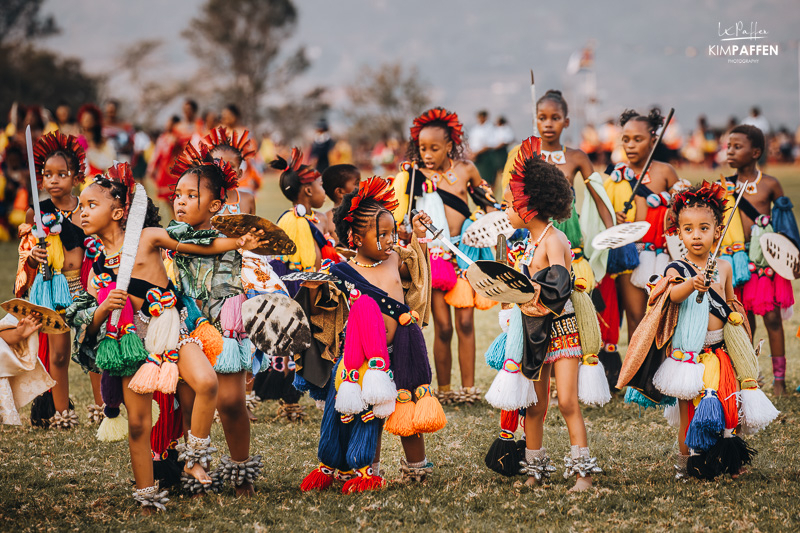
The Umhlanga festival is a very important cultural ceremony to the Royal Family and the Swazi people to keep ancient (Zulu) traditions alive while raising awareness about respecting women, family values, and being proud of who you are. And you can't start young enough to show respect and learn to be proud of who you are and where you come from.
4. Who takes part in the Reed Dance Eswatini?
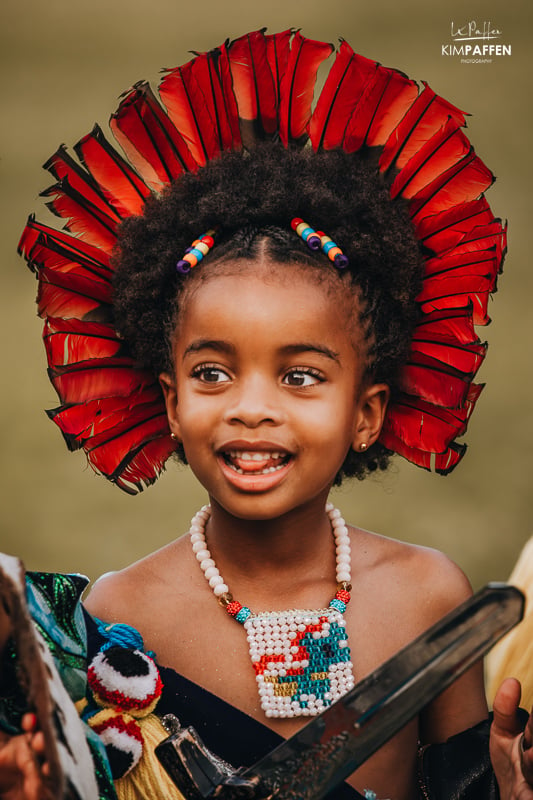
Only childless and unmarried girls join this Swazi Reed Dance to contribute to Eswatini's heritage, showing that they are not married, and pay homage to the Queen Mother. Traditionally, virginity is a prerequisite for participation in the Reed Dance, as it is taboo for an ‘impure’ woman to cut the reed. Also, little children take part in the parade.
The Reed Dance in Eswatini is primarily a women's event, and men may not participate in the dance itself. However, men may attend as spectators and show their support to the participants.
5. What happens at the Reed Dance in Eswatini?
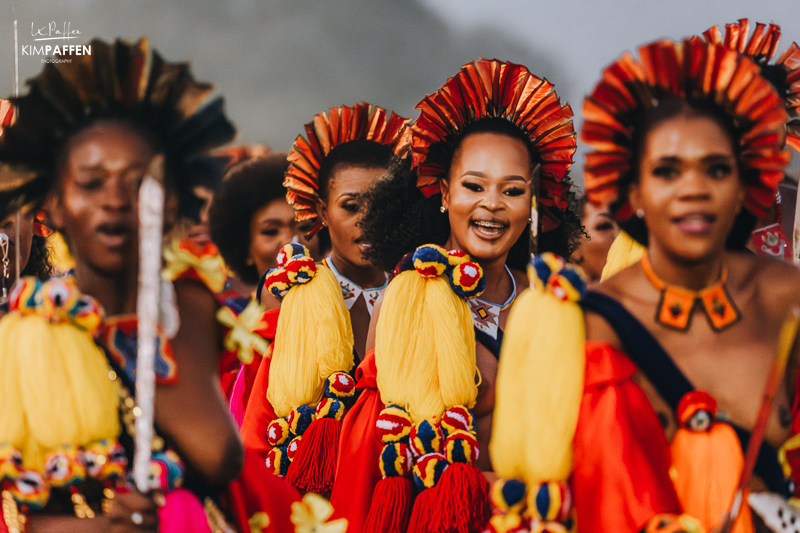
The Reed Dance Festival in Eswatini (Swaziland) brings 40,000 to 60,000 unmarried girls and childless young Swazi women of the country together at the Ludzidzini Royal Village to cut, collect, and bundle tall reeds, and present the reeds to the Queen Mother. After delivering the reeds, the maidens sing and dance bare-breasted for the King and the royal family, local Swazi visitors, their parents, and tourists from around the world.

The King's daughters and royal princesses also take part in the reed dance ceremony and you can identify them by the crown of red feathers they wear in their hair.
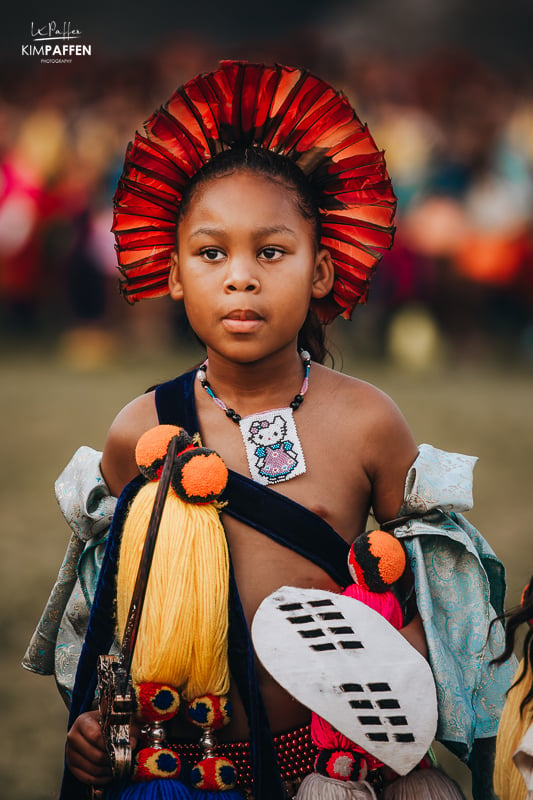
In the ceremonial proceedings, the King, assisted by his mother, selects 365 girls. A significant number of these chosen girls take up residence in a palace in the heart of Mbabane. From this group, the King has the option to select a new wife.
6. Does The King choose a new wife at the Reed Dance in Eswatini?
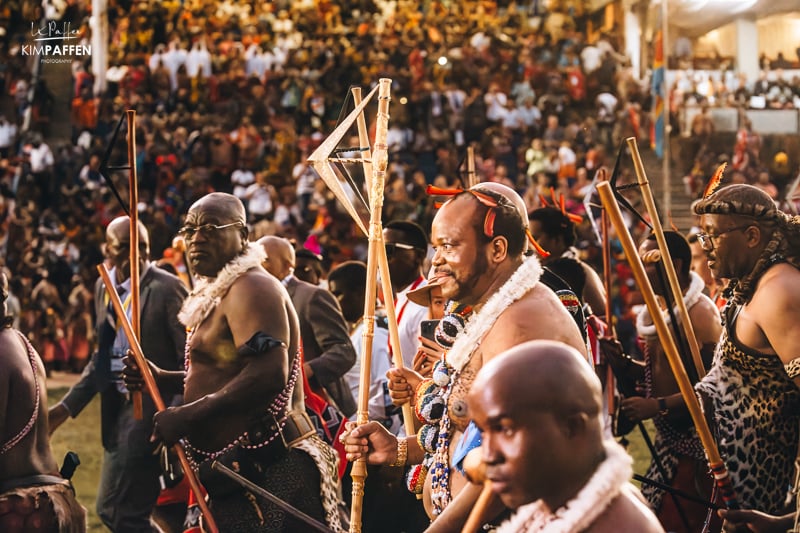
Conventionally, the Reed Dance Ceremony serves as the occasion for the King of Eswatini to choose a new wife, though it's not an annual occurrence. Notably, in the year 2023, King Mswati III also refrained from selecting a new wife during the Reed Dance Ceremony.
7. When is the Swazi Reed Dance Ceremony in Eswatini?
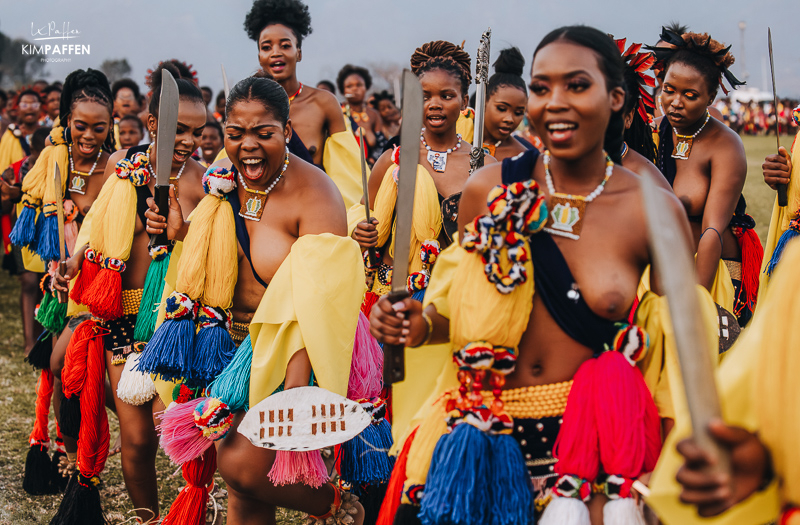
The annual traditional Reed Dance Ceremony is in late August or early September. They do not release the date of the Umhlanga ceremony until 4–6 weeks before the event. Timing is determined by looking at the phases of the moon. Once the moon reaches full stage, the ceremony begins.
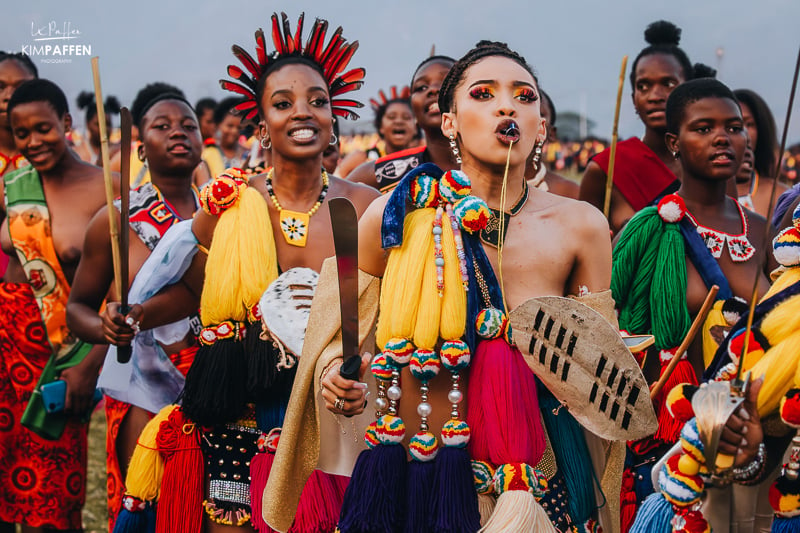
This Swazi Reed Dance Ceremony lasts for eight days. Exact dates may vary, so it's advisable to check the official schedule closer to the time. An example: In 2023, the dates of the Reed Dance Eswatini were August 29 until September 4; the Full Blue Moon was on August 31.
The vibrant celebrations come to life on days six and seven. These are the days open for visitors to enjoy the energetic and colorful parade in the stadium. Day 7, the Umhlanga Main Day, is also a public holiday in Eswatini. For more information about the Reed Dance schedule, I also wrote a day-to-day overview of the eight-day Umhlanga Reed Dance Festival.
8. Where is the annual Reed Dance Eswatini?
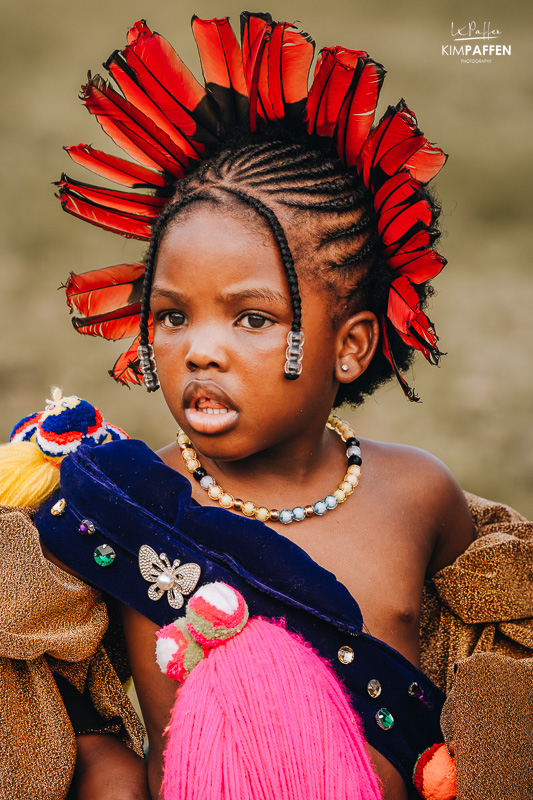
The Royal Reed Dance takes place in the royal Lobamba region, near the Ezulwini Valley in the Ludzidzini Royal Village, also known as the Royal Kraal. It's the residence of the Queen Mother. King Mswati III lives at the Lozitha Palace, a few kilometers away.
Visitors are allowed onto the festival grounds and main arena for the Reed Dance Ceremony. Exploring other parts of the Royal Residence is prohibited. Book a guide if you want to see more of the royal grounds and palaces.
Watch a video of the Umhlanga Reed Dance in 2023 by Eswatini TV
9. The Royal Family is in charge of Umhlanga
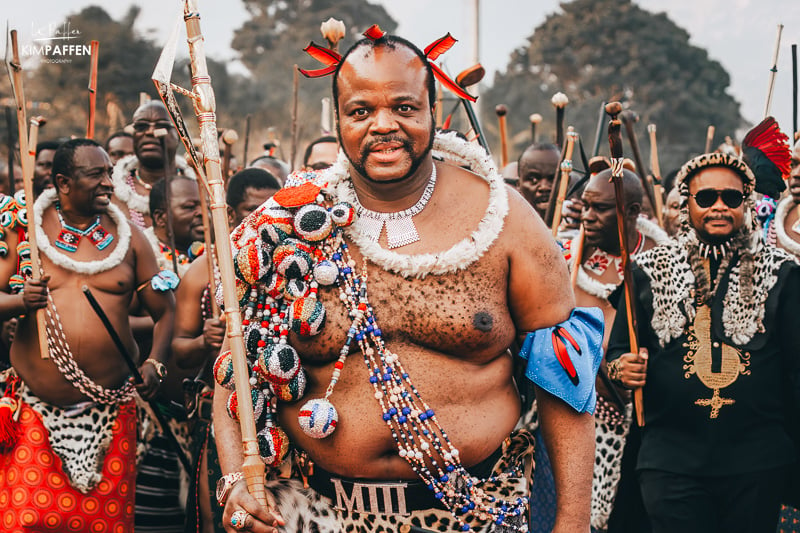
The Umhlanga Reed Dance Eswatini is under the royal patronage of the House of Diamini. His Majesty King Mswati III is the current head of the royal house and the reigning monarch of Eswatini.
King Mswati III and The Royal Family of Eswatini
The Swazi Royal Family includes the King and his wives and children, the Queen Mother, and the king's (half) siblings and their families.
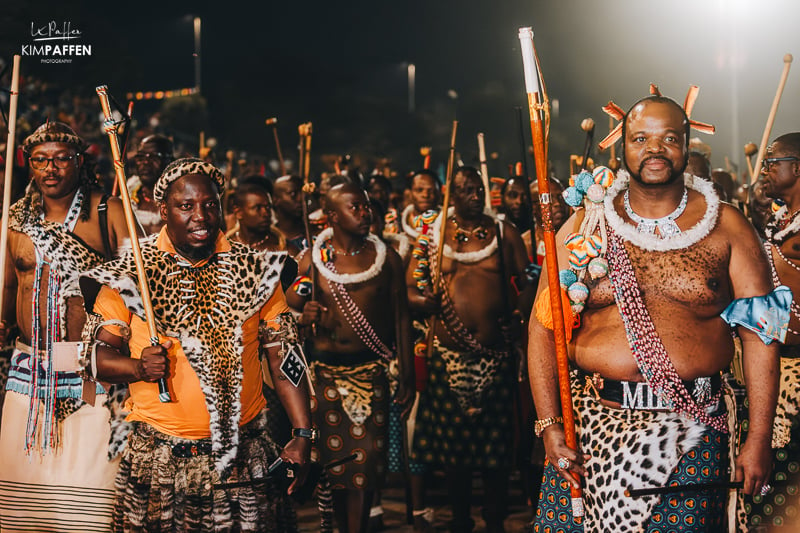
The king has traditionally held the highest authority within the country, and the monarchy has played a crucial role in the cultural and historical identity of Eswatini. So the King of Eswatini (Mswati III) along with the Queen Mother and other important people, look after the festival.
The royal family picks a commoner maiden to lead the girls as the "Indvuna" (captain). She announces the ceremony dates on the radio. She's good at dancing and knows the royal family's protocol. One of the king's daughters will assist her.
The Queen Mother of Eswatini
While the Kingdom of Eswatini has had a long line of kings, there has not been a simultaneous formal position of a queen with equal political power as the king. However, the title of the Queen Mother, the mother of the reigning monarch, holds a significant cultural and symbolic role within the kingdom.
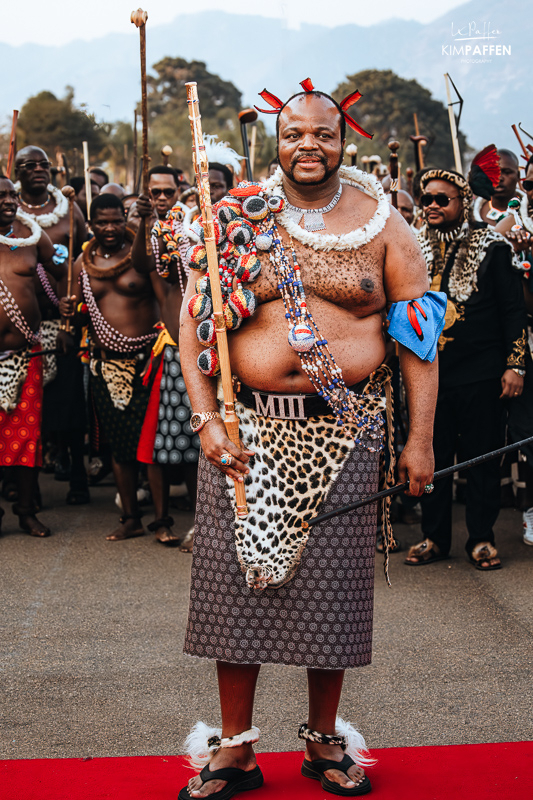
The Queen Mother represents the maternal line and often serves as an influential figure within the royal family and the broader community. Ntfombi Tfwala is the Queen Mother of Eswatini (also called Ndlovukati) and the mother of King Mswati III. His Majesty King Mswati III currently has 15 wives and 36 children.
Ludzidzini Royal Residence
The current residence of the Eswatini Royal Family is the Ludzidzini Royal Village in Lobamba; the place where the Umhlanga Reed Dance Festival takes place.
10. Presenting the reeds at Ludzidzini Royal Residence

The most important part of the Royal Reed Dance Ceremony is when the maidens march to Ludzidzini Royal Palace, the residence of Queen Ntfombi, where they present the reeds to the Queen Mother of Eswatini and perform intricate dances in her honor.
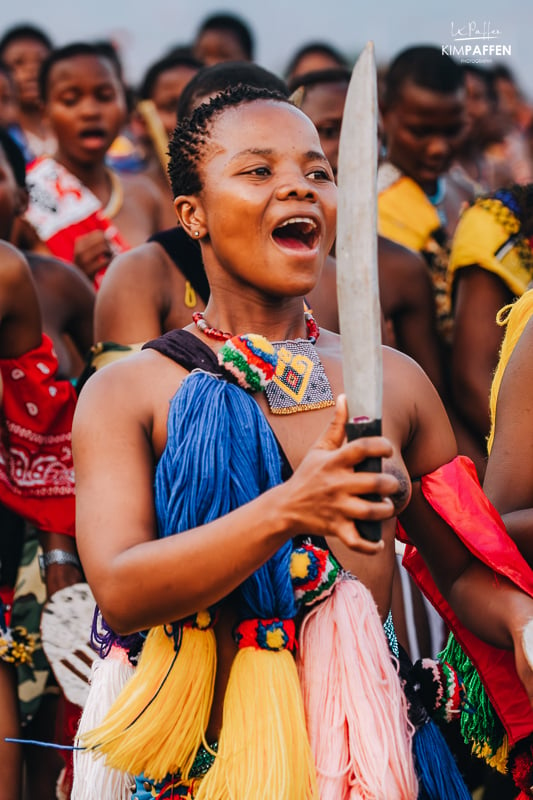
In the initial days of the Zulu Reed Dance Ceremony (day 1 until day 5), thousands of young maidens from various chiefdoms gather at the Queen Mother's village. Supervised by appointed chiefs, they march to the river to gather reeds from the riverbanks, cut and bundle the reeds, and return to the Ludzidzini Royal Village which is the home of the Royal Family.
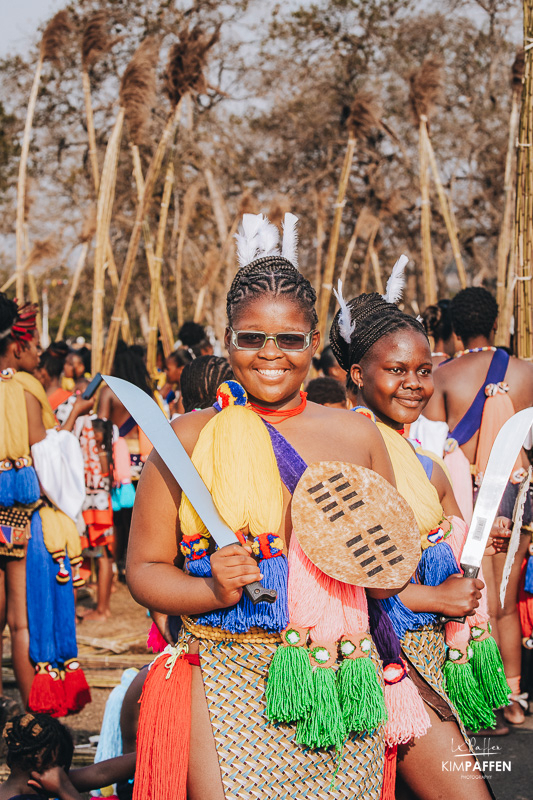
This is also the time to rest, practice traditional songs, and do the last preparations for their hair and dancing costumes.
Queen Mother's blessings
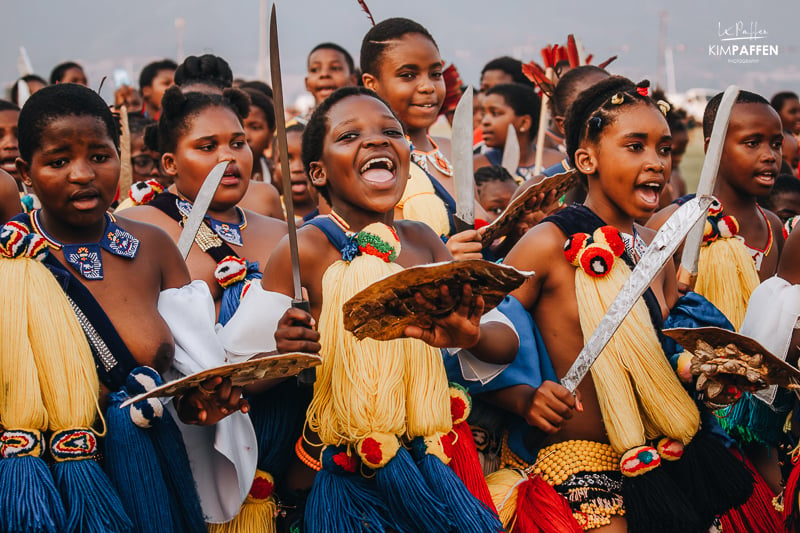
On day 6, they present the reeds to the Queen Mother. Upon receiving the reeds, the Queen Mother gives the girls her blessings and wisdom. This moment is a special moment of cultural continuity and the passing down of traditions from one generation to the next.
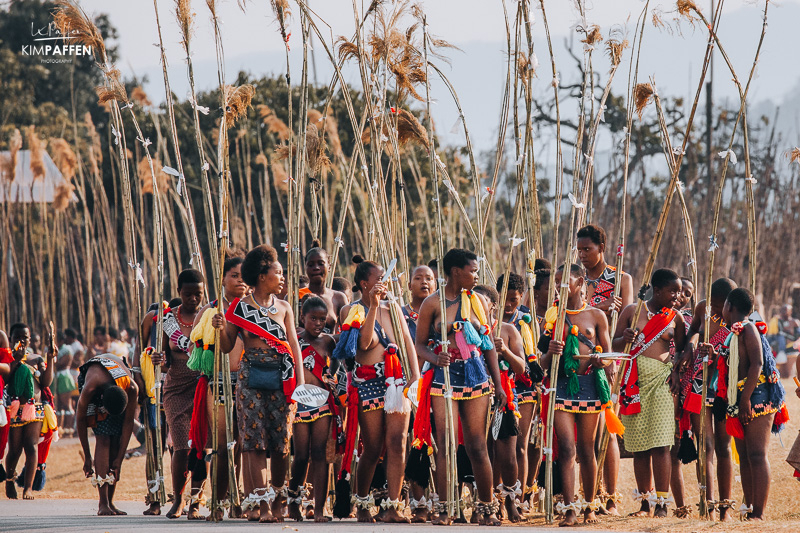
These reeds reflect a connection with the origin of the Zulu people and are used to construct the windbreakers and repair the protective Guma (reed fence) of the Royal Residence. They present the reeds to the Queen Mother, symbolizing the girls' purity and unity between the monarch and her people.
11. What do the girls wear at the Eswatini Reed Dance?
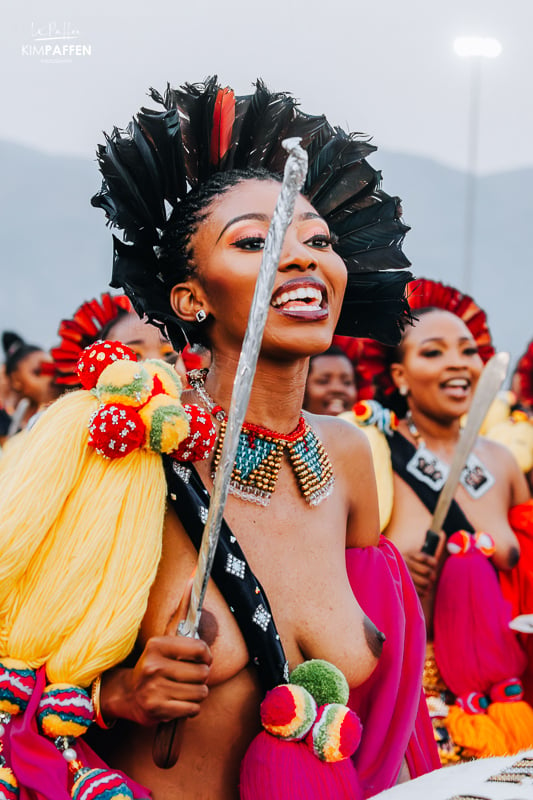
During the Reed Dance in Eswatini, girls wear colorful and traditional clothes with beads and tassels. These clothes represent the pride and identity of the Swazi people and symbolize African beauty at its best.
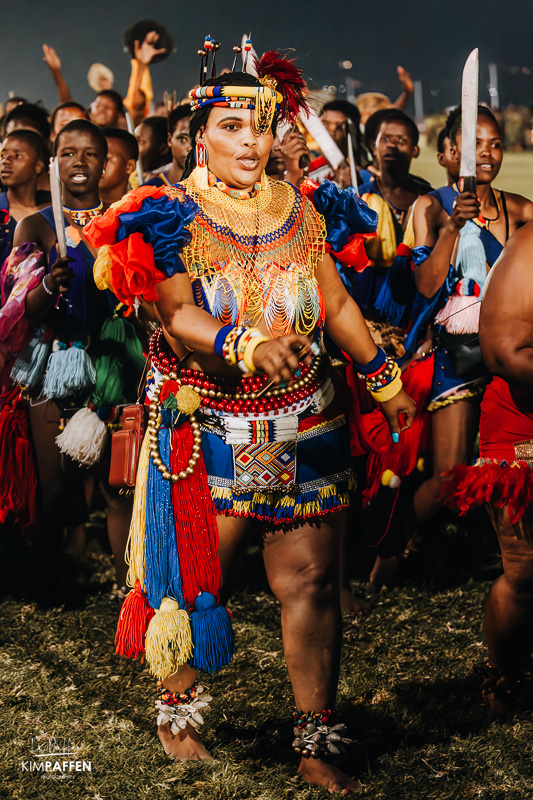
Their traditional costumes comprise a bead necklace known as “izinculuba” and a short beaded skirt worn around the waist known as “izigege” that shows their bottoms.
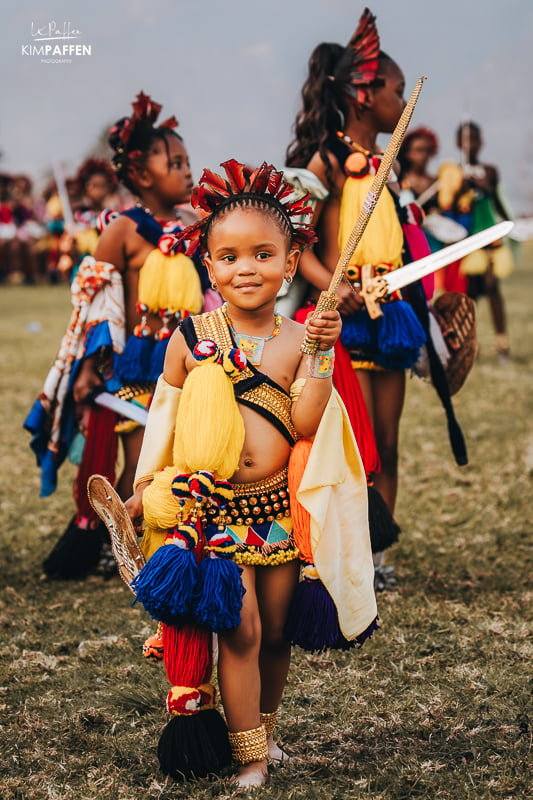
Apart from that, the girls wear rattling anklets, beaded bracelets, and colorful sashes. A traditional set of tassels, usually made of wool, is worn around the neck like a scarf to show that they are unmarried. Many of the maidens also carry bush knives (machetes), which they use to cut the reeds.
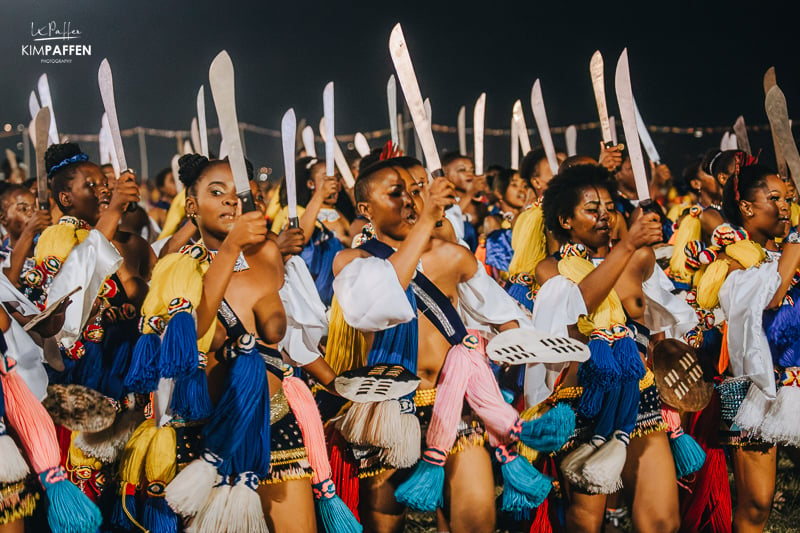
Take your time to look at the stunning beadwork showcased during the festival; the designs are amazing, and they are a wonderful testament to Swazi craftsmanship! Each bead carries symbolic meaning, and the artistry involved in creating these intricate designs is a source of pride for the Swazi.
12. Swazi Reed Dance and Songs
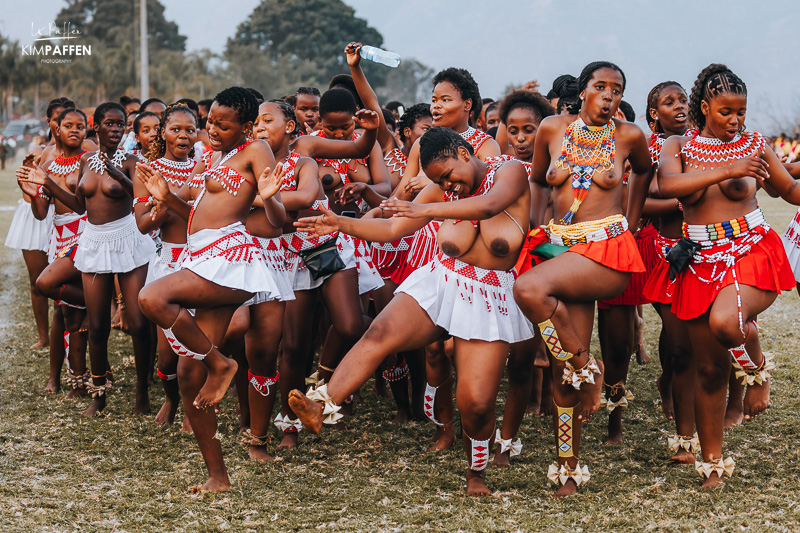
Energetic dances and songs performed by the maidens characterize the festival. The type of dance that is often performed during the Reed Dance Festival is called ‘Indlamu’.
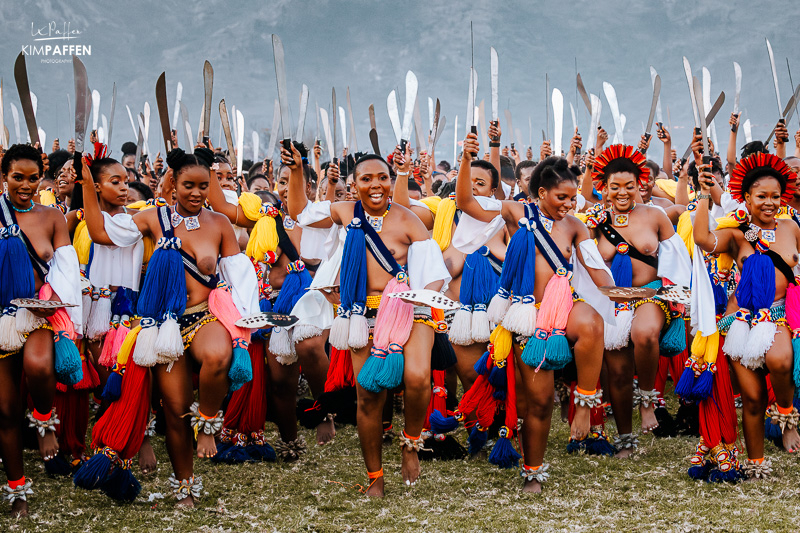
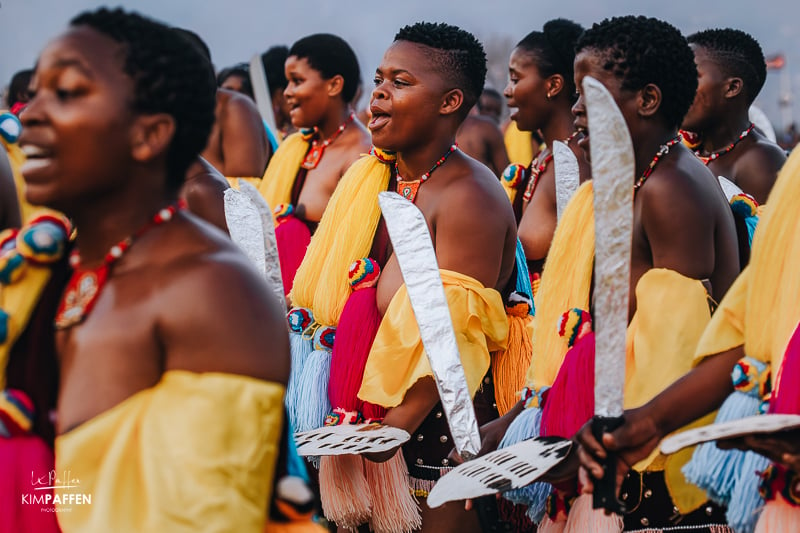
This traditional Zulu dance finds its roots in royal courts. The rhythmic movements, elaborate footwork, and harmonious melodies create a lively and fun atmosphere that makes everyone happy and reflects the cultural heritage of the Zulu people.
13. Eight-day Reed Dance Festival in Lobamba
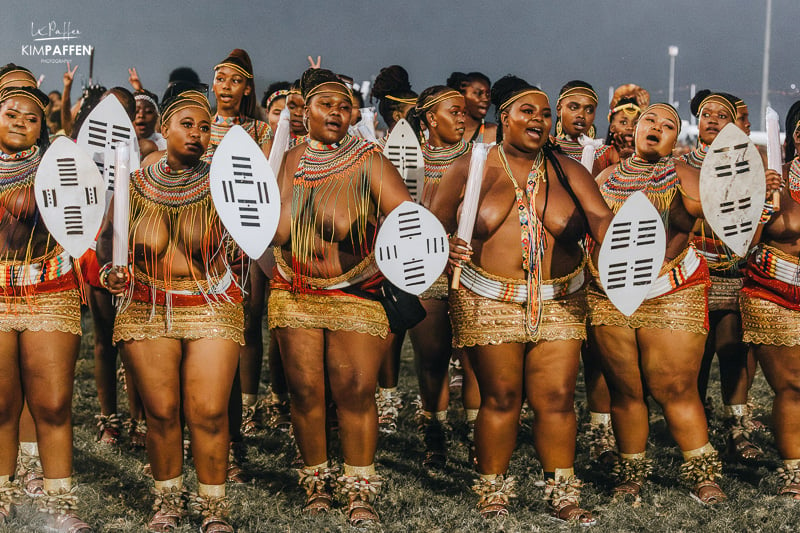
The Reed Dance Festival lasts for eight days. From day one to day five, the maidens gather at Ludzidzini to start cutting and bundling the reeds and return to the royal village to rest, socialize, and prepare for the main event.
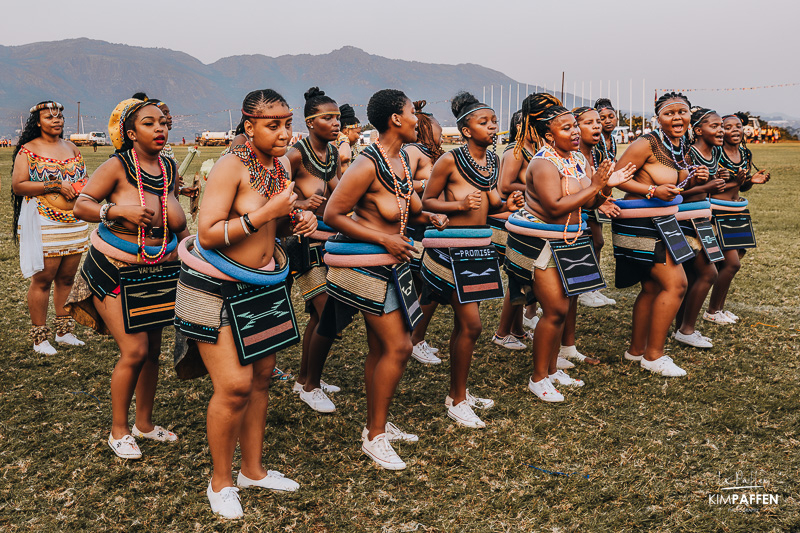
After the maidens have delivered the reeds to the Royal Residence on day six, they head to the central arena to march, dance, and sing in groups wearing colorful costumes. On the seventh day, the dancing in the arena continues.
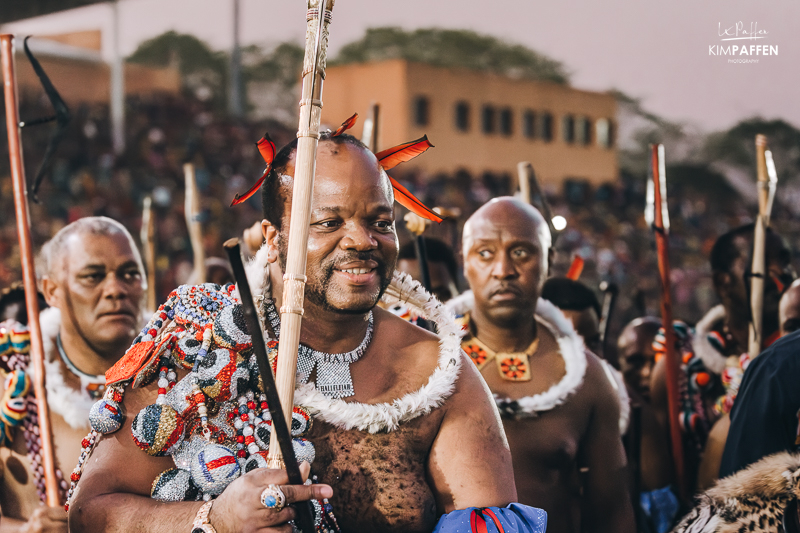
The only difference is that His Majesty the King, currently Mswati III, will be present. This is the primary day of the Reed Dance Festival, known as the Umhlanga Main Day.
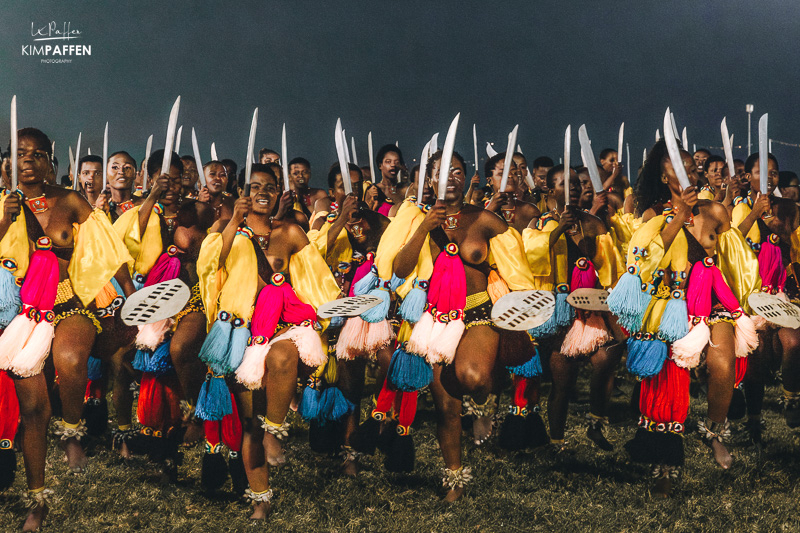
Each group dances for the King, one after the other. This is the most spectacular and important part of the festival. This special day attracts many visitors from around the world who join in the lively celebrations, creating a strong feeling of respect for the culture and unity. For a detailed overview of this eight-day festival, check out this day-to-day schedule of the Umhlanga Reed Dance in Eswatini.
14. Show respect at the Reed Dance Eswatini
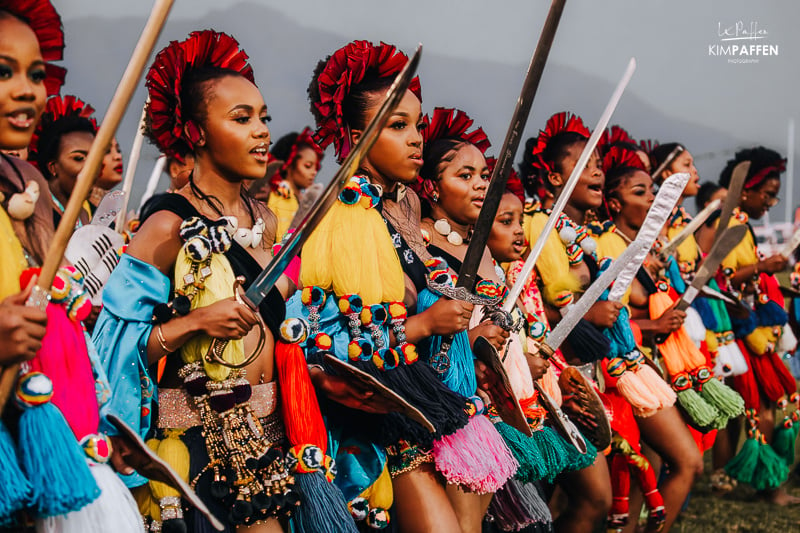
Please be culturally sensitive and respectful throughout your stay at Umhlanga. Understanding and adhering to local customs ensures a positive and enriching experience for everyone involved, this also includes taking pictures respectfully, taking the clothing regulations into account, and standing up when the King of Eswatini and his royal family enter the royal arena.
Taking pictures respectfully
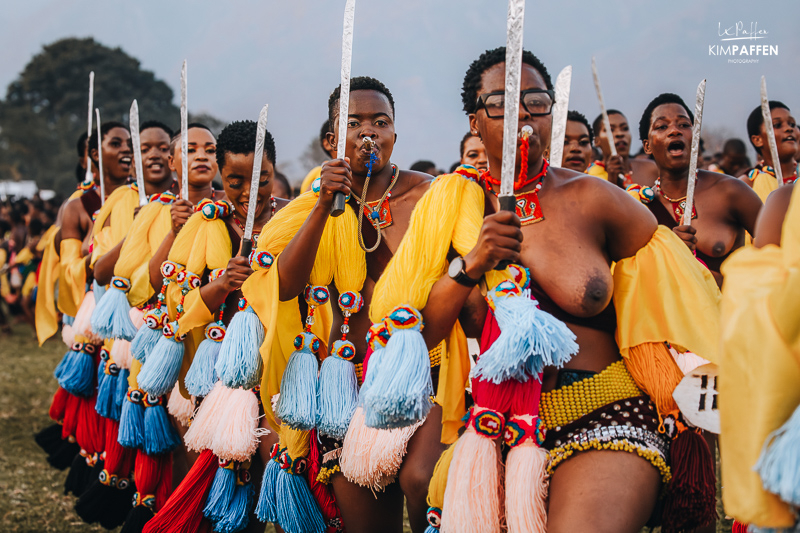
While the Eswatini Reed Dance Festival is open to visitors, you can take pictures on days 6 and 7 (main day), but please ask first. It’s crucial to respect the cultural norms regarding photography, especially when taking pictures of the girls showing their bare breasts. So always seek permission if they are comfortable with it.
We had a situation where (unwanted) people were asking the maidens to pose hastily for an image. That is very offensive, unethical, crossing the lines, and simply not appropriate or allowed!
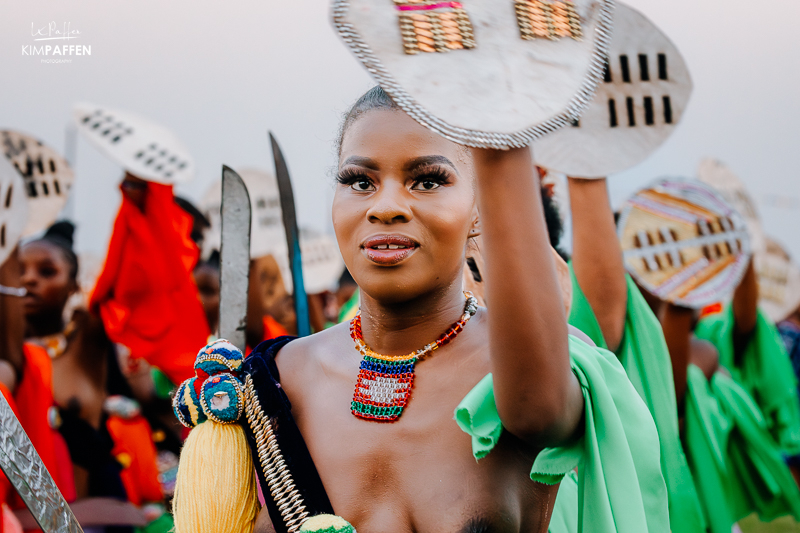
Yes, their nudity is cultural and traditionally appropriate and the festival serves to protect, preserve, and restore African values, but that doesn’t mean you can disrespectfully photograph the maidens and force them to pose sexually for other purposes than preserving and restoring these African values and cultural traditions.
Photography rules Reed Dance Eswatini

So please adhere to the strict (photography) rules of the organization. One rule is, for example, do not go through your knees to photograph the marching maidens from a frog's perspective. Another rule is that you can only photograph on days 6 and 7. Photographing at other times is restricted to accredited members of the media.

In 2023, I was lucky to be invited to the Reed Dance as media and had an official media accreditation which allowed me to sit at the press area and be on the field to photograph the parade.
15. Cultural exhibitions at the Reed Dance Eswatini
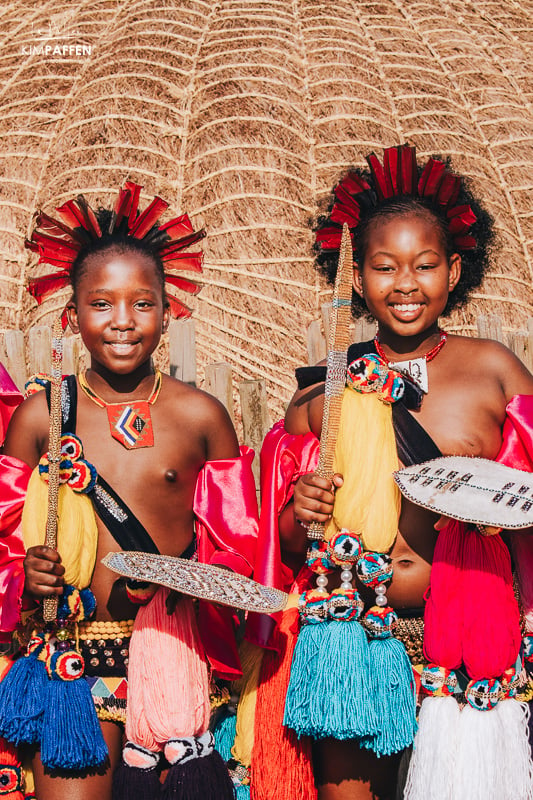
Beyond the main event, the Umhlanga Reed Dance Festival often includes cultural exhibitions, showcasing traditional Swazi crafts, music, and cuisine, providing a holistic experience of Swazi culture to get a taste of everything Swazi!
Opposite the Royal Arena, they set up a huge restaurant serving local Swazi food (accessible for visitors of the Umhlanga Ceremony) and along the road towards the arena, you can also find street food and typical Swazi souvenirs.
16. How to visit the Umhlanga Reed Dance Festival in Eswatini?
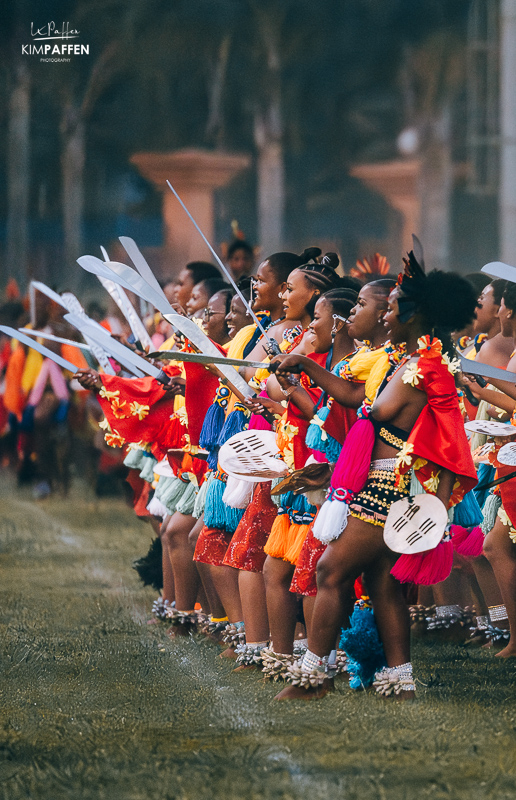
Eswatini welcomes tourists to witness the Umhlanga Reed Dance in Eswatini and there are many reasons to attend the Swaziland Reed Dance Festival. This vibrant spectacle will leave you in awe and I'm sure it's a cultural experience you will never forget.
For visitors, the main event is on days 6 and 7 (main day) at the Ludzidzini Royal Residence. It's close to Lobamba and only a 30-minute drive from Mbabane, the executive capital city of Eswatini.
Free entrance Reed Dance Eswatini

Attending the Reed Dance Ceremony is free. Visitors including tourists don't need a ticket to visit the Reed Dance in Eswatini and you don't need a guide. The only arrangement they have is a special grandstand for visiting dignitaries. As a tourist visiting the Reed Dance, you just have to go to Ludzidzini Royal Village and follow the crowds that all walk towards the arena and/or the Marquee which is set up as a restaurant. The police will direct you where to go, and where to park your car. It's not difficult to get there and just go with the flow once you arrive.
The Swazi Huts Tourist Information Center
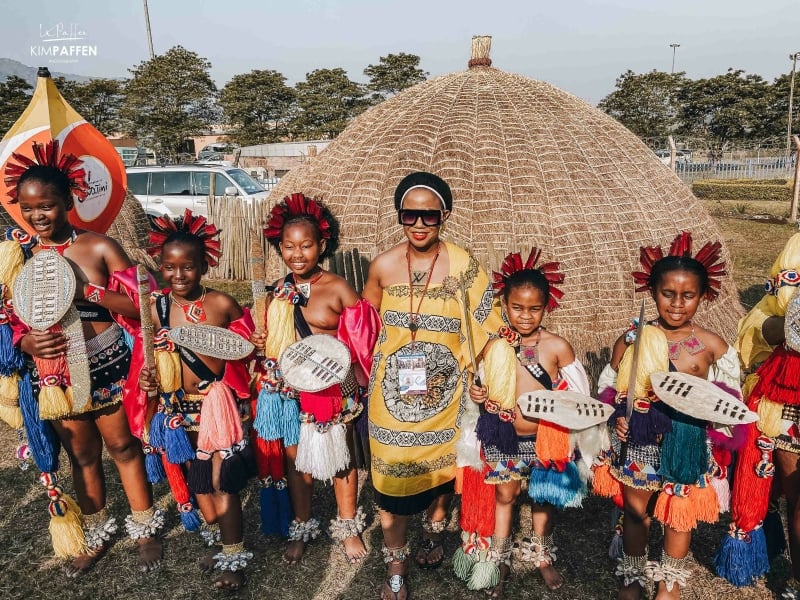
For your convenience, the Eswatini Tourism Authority also has a Tourist Information Centre (traditional Swazi huts) set up within the Ludzidzini Royal Residence to assist tourists with questions about the Reed Dance and visiting Eswatini in general. Note that, as a tourist or visitor of the Umhlanga Ceremony, it's not allowed to roam other parts of the Royal Residence on your own.
17. Dresscode Umhlanga Reed Dance Eswatini
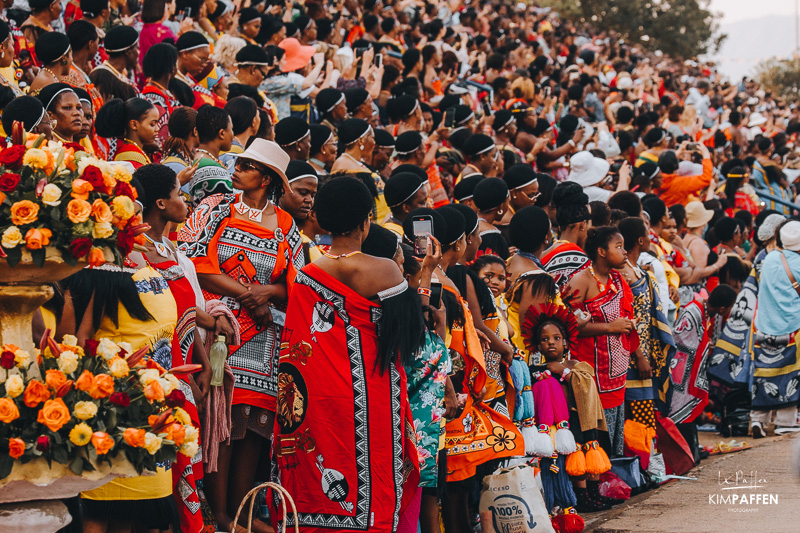
What should visitors wear to the Reed Dance Ceremony in Eswatini? Please consider the following clothing regulations when you visit the Reed Dance Festival:
Dresscode for women visiting the Umhlanga Reed Dance of Eswatini
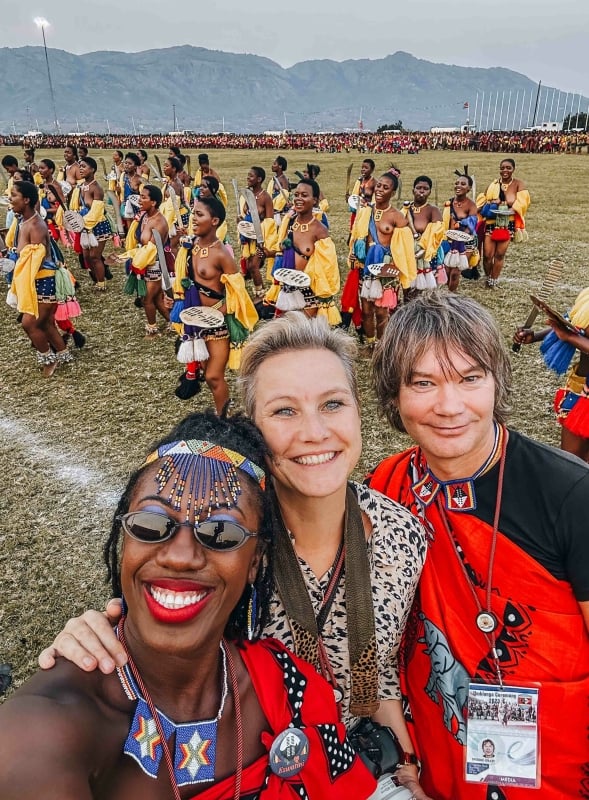
Like everywhere in Eswatini, when you visit an official ceremony or a traditional homestead, women may not wear shorts or pants. Instead, women should wear a skirt or a (long) dress that covers the knees. The most acceptable attire to wear to the Reed Dance is a traditional sarong (or “emahiya”), with either the Eswatini flag on it or King Mswati III. Wrapping the emahiya around your shorts is also acceptable.
Dresscode for men visiting the Reed Dance Eswatini
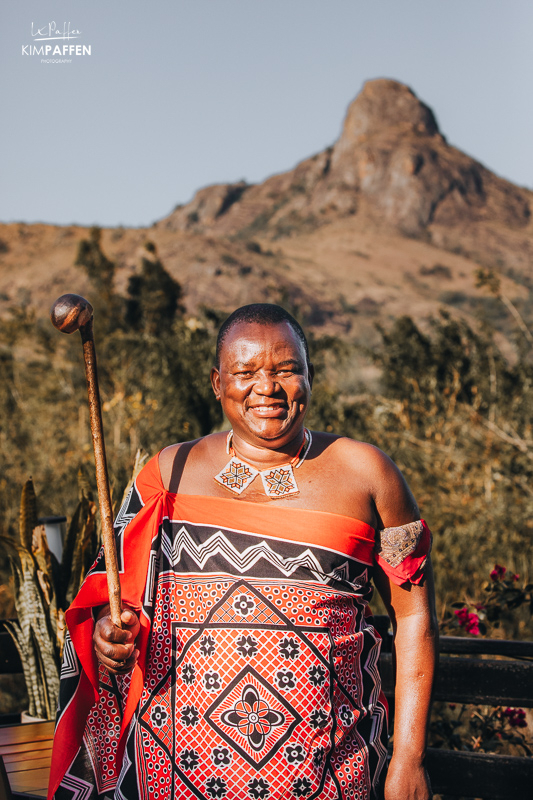
Men may not wear shorts and a hat or cap, so long pants or traditional clothing are the appropriate clothing for men to wear to the Reed Festival. Don’t confuse your clothing with the traditional clothing of the maidens, where they show a lot of nudity by only wearing a short skirt, sometimes with colorful beadwork around the midriff. Please respect the Reed Dance dress code for visitors.
18. Places to stay during the Reed Dance Eswatini
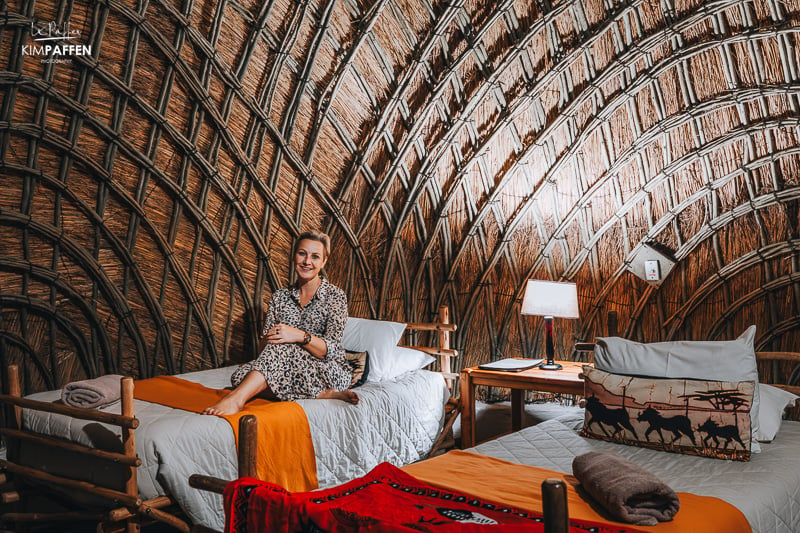
Tourists planning to attend the Reed Dance Festival can find accommodation in Mbabane or hotels in Lobamba and nearby towns. It's advisable to book your place to stay in Eswatini in advance, especially during the festival period. To stay within the theme of 'Reeds', I highly recommend staying in one of the traditional Swazi huts for the real Swaziland experience.
Find the best places to stay close to the Reed Dance Festival in Eswatini's Ludzidzini Royal Residence.
19. Reed Dance Eswatini conservation efforts

The country’s culture is closely linked with plant and animal species. To maintain the culture, which in turn serves as the country's tourist attraction, they need to be protected from climate change and other risks.
For example, the Umhlanga Ceremony (Reed Dance) is linked to the availability of reeds to be harvested by the maidens, so there is a need to protect the waterways and control alien invasive species that are a risk to the reeds. The gathering of reeds itself is a sustainable practice, with a focus on environmental conservation. This highlights the Swazi commitment to preserving their natural resources while practicing cultural traditions.
20. Umhlanga Reed Dance community involvement
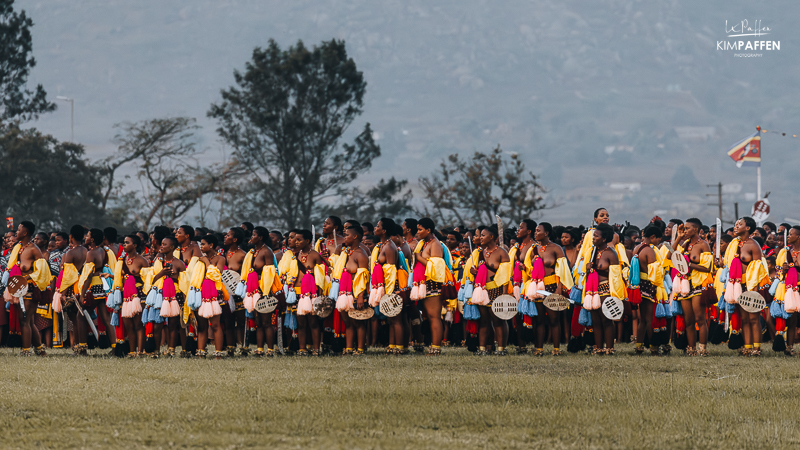
The Umhlanga Reed Dance Festival is not just for the royal family. Everyone in Swaziland comes together to make it special as it serves as a reminder of traditional values while promoting social cohesion among communities and pride among the Swazi people; a great example of a community-driven event.
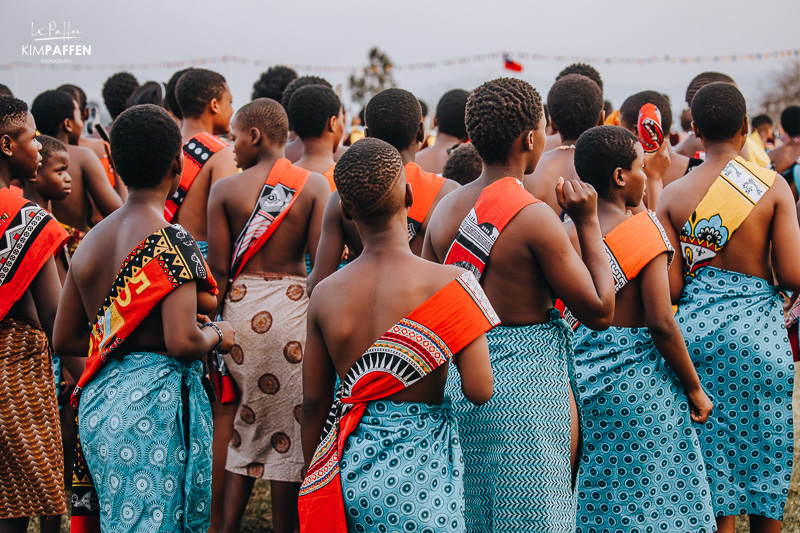
This collective effort brings people together from different regions and backgrounds, creating a shared experience that transcends social boundaries and contributes to the festival's success.
An integral part of the Umhlanga Reed Dance Festival is the communal (“Incwala”) feast. Sharing a big meal brings together participants, locals, and visitors, which makes everyone feel like a big family.
21. Educational programs during Umhlanga cultural event
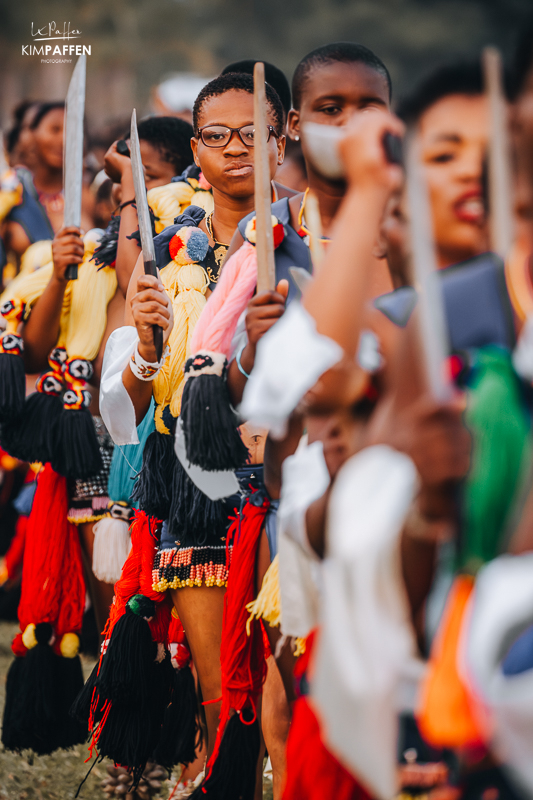
While deeply rooted in tradition, I like the fact that the Umhlanga festival nowadays serves as a platform for social commentary and discussion- an excellent development.
The festival has incorporated educational programs for young maidens addressing social issues such as health, empowerment, and education. This reflects a commitment to holistic development and the well-being of Swazi society.
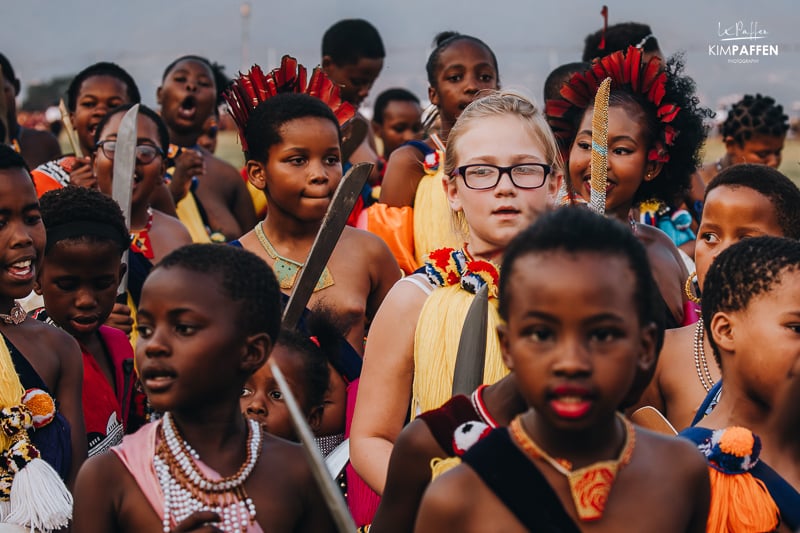
The workshops are held during the Reed Dance (Umhlanga) cultural festival, working together with for example the Red Cross, Ministry of Health, and Nhlangano AIDS Training Information and Counselling Centre (NATICC).
Subjects are for example:
- HPV vaccine
- Menstrual hygiene
- Breast cancer
- Sex education
- HIV/AIDS awareness
- Women's rights
- Gender-based Violence Prevention
- Teenage Pregnancy Prevention
- Arts and cultures
- Economic empowerment
22. Modern influences at Umhlanga Reed Dance Festival Eswatini
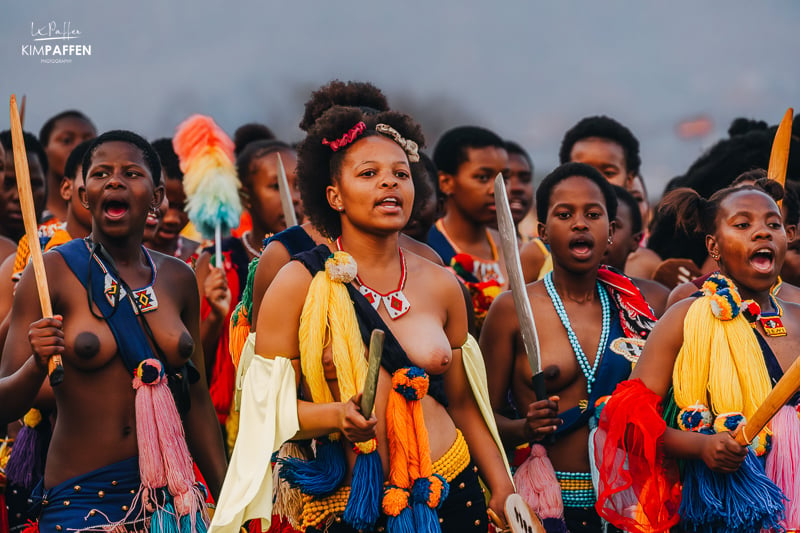
The Umhlanga festival has adapted to modern times. Nowadays, the girls sleep in tents instead of outside, and lorries transfer them instead of long walks carrying the reed. They have evolved over time and also use for example microphones to start a song and they announce the dates of Umhlanga on national radio and television.
23. Reed Dance South Africa vs. Reed Dance Eswatini
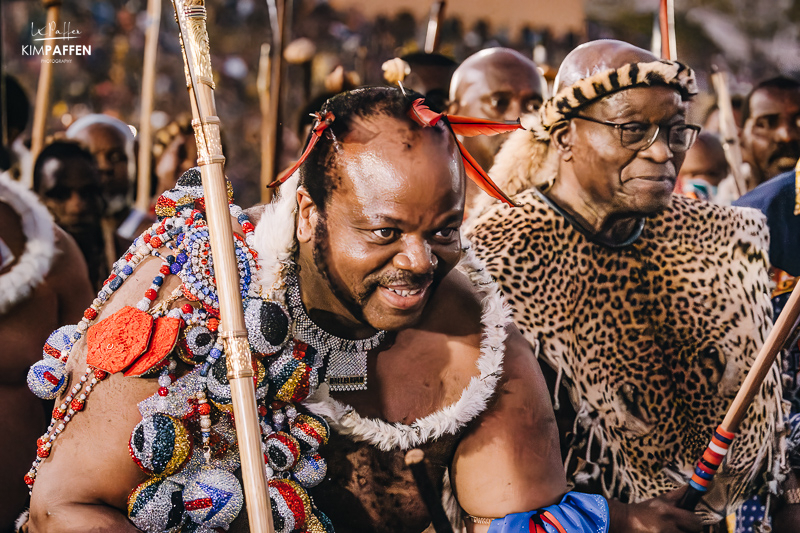
In South Africa, the Reed Dance was reintroduced in 1991 by former King of the Zulus, Goodwill Zwelithini. The reason for reintroducing the ceremony was to encourage young Zulu girls to delay sexual activity until marriage and limit HIV transmission due to the high percentage of infection in the Kwazulu-Natal province.
Zulu Kingdoms of Eswatini and South Africa united
After he died in 2021, his son, Misuzulu Sinqobile kaZwelithini, became the reigning King of the Zulu nation (Zululand). King Misizulu’s mother originates from Eswatini and was the sister of King Mswati III from Swaziland. Her marriage to Misizulu’s father, Goodwill Zwelithini, united the two Zulu Kingdoms of South Africa and Eswatini.
It was Misizulu’s mother who believed and thought our bodies were sacred. She fought for the right in Zululand for girls to walk and dance without a top, just like boys do before they get married. This was a tradition she remembered from her youth in Swaziland and one of the main reasons for the reintroduction of the Reed Dance.
Umhlanga South Africa

The Umhlanga Dance in South Africa takes place in Nongoma in Zululand, a royal kraal of the Zulu King. During the Reed Dance in South Africa, Zulu women are taught the meaning of ethics, good morals, life principles, and appropriate etiquette. The celebration includes dancing, beadwork, singing, drumming, and sharing great food. The procession of carrying the reeds up the hill to Enyokeni Palace is led by the chief Zulu princess. They believe that if the reed breaks before the maiden reaches the top of the hill, it’s a sign that the girl has been sexually active.
Zulu King South Africa

Historically, the Zulu King in South Africa has customarily welcomed a new wife each year during the Reed Dance ceremony. In response to alarming HIV statistics, the monarch now uses the ceremony as a platform to advocate for abstinence until marriage. By emphasizing marriage to preserve Zulu culture, he aims to simultaneously safeguard against the transmission of HIV/AIDS.
24. Global recognition Reed Dance Eswatini
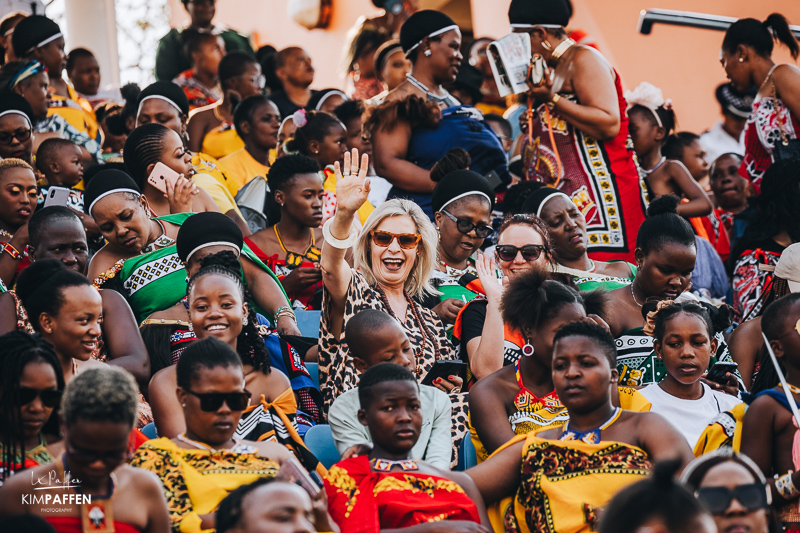
The Umhlanga Reed Dance Festival has gained international recognition, attracting visitors from around the world. Its unique cultural significance and the mesmerizing display of Swazi traditions make it a must-see for historical and cultural enthusiasts.
When I attended the Reed Dance in 2023, I met people from around our planet with various nationalities, including residents from South Africa, Germany, Russia, Australia, Zambia, Finland, China, Taiwan, France, Zimbabwe, and The Netherlands to name a few.
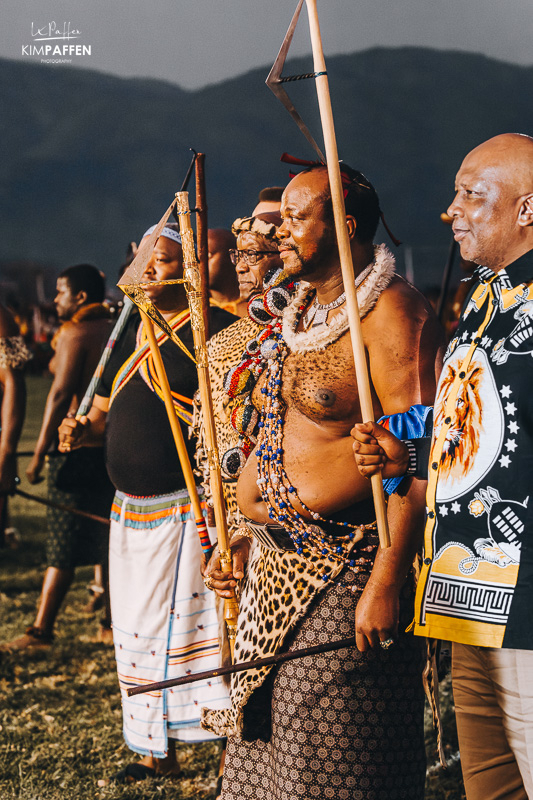
The Reed Dance in Eswatini is also popular in neighboring African countries, such as South Africa and Lesotho.
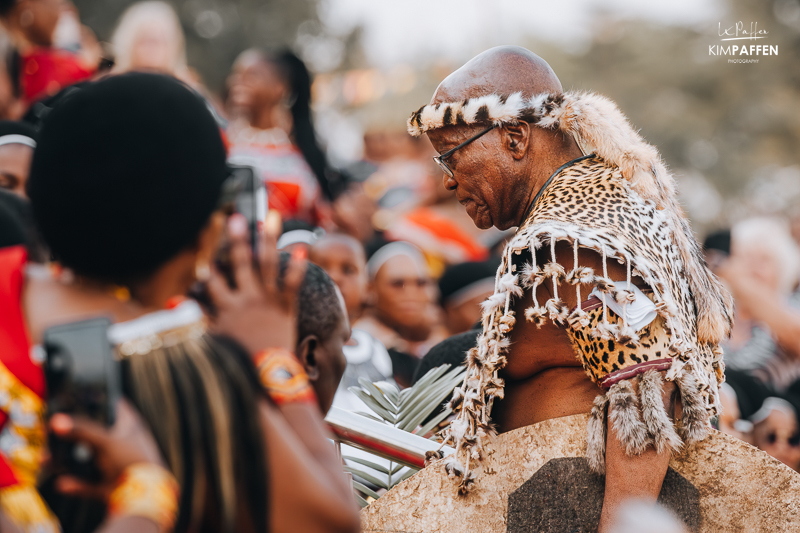
The King of Lesotho, His Majesty King Letsie III, and former (Zulu) President of South Africa, Jacob Zuma, also surprisingly visited the Reed Dance Festival in Eswatini in 2023. Isn't Jacob Zuma supposed to be in jail?
25. Year-round cultural activities in Eswatini
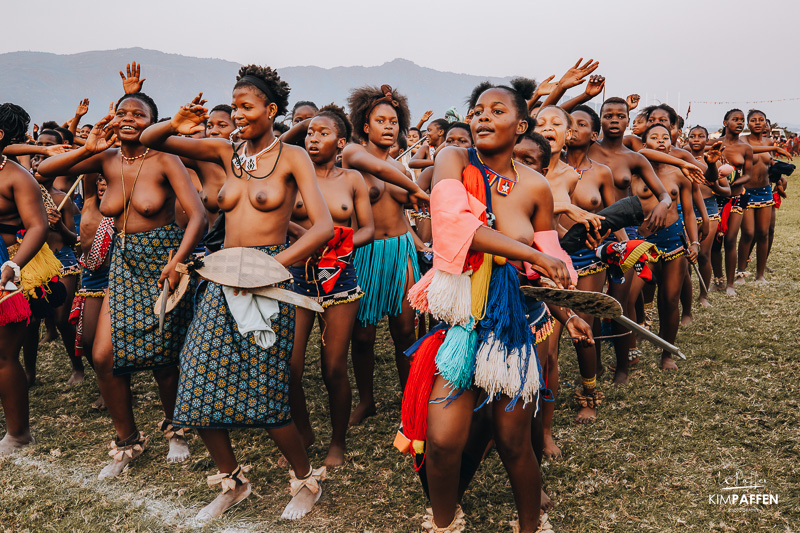
Eswatini has several ceremonies, and the Reed Dance of Umhlanga is the most popular one. For those unable to attend the cultural festival, Eswatini offers year-round opportunities to experience its rich culture and the Swazi way of life.
This includes the Swazi Cultural Village in Mantenga and for example the National Museum and King Sobhuza Park. Other notable festivals in Eswatini are:
- Incwala Ceremony for unmarried boys and one of Eswatini's most important cultural events that is all about celebrating kingship. On the Big Incwala, you can enjoy the dancing, and feasting and see the male warriors in full battle attire at the royal parade grounds.
- Swazi Rally: a popular biker's event also very popular in South Africa
- Marula and Buganu Festival: marking the harvest of the Marula fruit season
- MTN Bushfire: Africa's biggest annual music festival
- Luju Food & Lifestyle Festival: for food enthusiasts and travelers searching for an African-vintage event that celebrates the tastes and sounds of Southern Africa and Swaziland.
Traditional ceremonies, dance performances, and cultural tours provide a glimpse into the vibrant heritage of this kingdom in Southern Africa.
26. Other things to do in Eswatini (Swaziland)
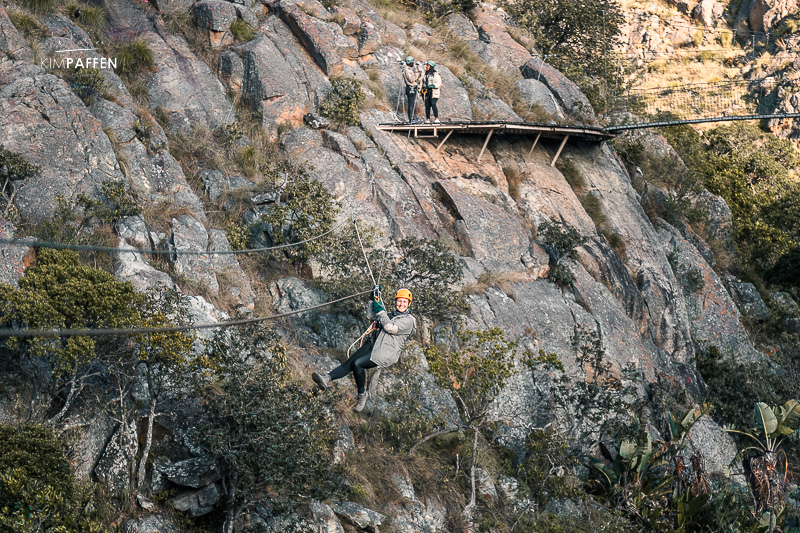
Join the Reed Dance Festival in 2024 and add a couple of days extra to your Eswatini itinerary to explore the beauty of this last remaining absolute monarch in Africa that is landlocked by South Africa. Go on a safari in Hlane National Park, go hiking and zip-lining in Malolotja Nature Reserve, see the Nsangwini Rock Paintings, experience the community-owned Shewula Mountain Camp, and explore Manzini. These are just a few of the many tourist attractions in Eswatini.
I traveled to this remarkable kingdom multiple times and compiled a detailed guide about the best things to do in Eswatini (Swaziland)!
Umhlanga Reed Dance Eswatini: 26 things to know
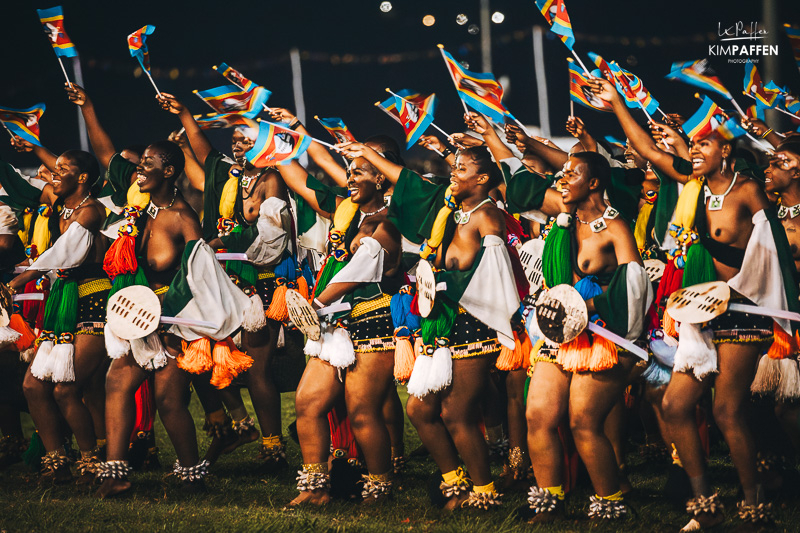
In summary, the Umhlanga Reed Dance Festival in the heart of Eswatini is not just a cultural event; it's a multifaceted celebration of identity, unity, and the timeless traditions that define the Swazi people. Witnessing this festival is an immersive experience that allows visitors to appreciate the beauty and resilience of Southern Africa's cultural heritage; enough reasons to visit the Umhlanga Reed Dance.
Having had the privilege of being invited to the Swaziland Reed Dance in September 2023 as a media delegate, I aimed to share 26 things to know about the Umhlanga Reed Dance Eswatini to provide you with valuable insights into this unique cultural event and how to attend as a tourist.
Find more information about traveling to Eswatini in my Eswatini Travel Guide and please feel free to comment on this article if you still have any questions about attending the Reed Dance Festival as a tourist or exploring the Swaziland highlights in general.

